 Loading...
Loading...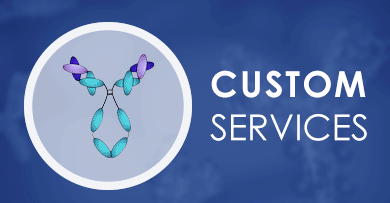

FGFR2
Anti-FGFR2 Recombinant Antibody Products
- Anti-FGFR2 (clone 12439)-sulfo-SMCC-DM1 ADC (ADC-086CL)
-
- Target: FGFR2
- Linker: sulfo-SMCC (sulfosuccinimidyl 4-(N-maleimidomethyl) cyclohexane-l-carbox late)
- Drug: DM1 (N2'-Deacetyl-N2'-(3-mercapto-1-oxopropyl)maytansine)
- Anti-FGFR2 (clone 12944)-sulfo-SMCC-DM1 ADC (ADC-085CL)
-
- Target: FGFR2
- Linker: sulfo-SMCC (sulfosuccinimidyl 4-(N-maleimidomethyl) cyclohexane-l-carbox late)
- Drug: DM1 (N2'-Deacetyl-N2'-(3-mercapto-1-oxopropyl)maytansine)
- Anti-FGFR2 (clone 12931)-sulfo-SMCC-DM1 ADC (ADC-084CL)
-
- Target: FGFR2
- Linker: sulfo-SMCC (sulfosuccinimidyl 4-(N-maleimidomethyl) cyclohexane-l-carbox late)
- Drug: DM1 (N2'-Deacetyl-N2'-(3-mercapto-1-oxopropyl)maytansine)
- Anti-FGFR2 (clone 12947)-sulfo-SMCC-DM1 ADC (ADC-083CL)
-
- Target: FGFR2
- Linker: sulfo-SMCC (sulfosuccinimidyl 4-(N-maleimidomethyl) cyclohexane-l-carbox late)
- Drug: DM1 (N2'-Deacetyl-N2'-(3-mercapto-1-oxopropyl)maytansine)
- Anti-FGFR2 (clone 12422)-sulfo-SMCC-DM1 ADC (ADC-082CL)
-
- Target: FGFR2
- Linker: sulfo-SMCC (sulfosuccinimidyl 4-(N-maleimidomethyl) cyclohexane-l-carbox late)
- Drug: DM1 (N2'-Deacetyl-N2'-(3-mercapto-1-oxopropyl)maytansine)
- Anti-FGFR2 (clone 11722)-sulfo-SMCC-DM1 ADC (ADC-081CL)
-
- Target: FGFR2
- Linker: sulfo-SMCC (sulfosuccinimidyl 4-(N-maleimidomethyl) cyclohexane-l-carbox late)
- Drug: DM1 (N2'-Deacetyl-N2'-(3-mercapto-1-oxopropyl)maytansine)
- Anti-FGFR2-MMAE ADC (ADC-115LZY)
-
- Target: FGFR2
- Drug: MMAE(monomethyl auristatin E)
- Anti-FGFR2 (clone 12425)-SPDB-DM4 ADC (ADC-091CL)
-
- Target: FGFR2
- Linker: SPDB (N-succinimidyl-4-(2-pyridyldithio)butyrate)
- Drug: DM4 (N2'-Deacetyl-N2'-(4-mercapto-4-methyl-1-oxopentyl)maytansine)
- Anti-FGFR2 (clone 12422)-SPDB-DM4 ADC (ADC-090CL)
-
- Target: FGFR2
- Linker: SPDB (N-succinimidyl-4-(2-pyridyldithio)butyrate)
- Drug: DM4 (N2'-Deacetyl-N2'-(4-mercapto-4-methyl-1-oxopentyl)maytansine)
- Anti-FGFR2 (clone 11723)-sulfo-SMCC-DM1 ADC (ADC-089CL)
-
- Target: FGFR2
- Linker: sulfo-SMCC (sulfosuccinimidyl 4-(N-maleimidomethyl) cyclohexane-l-carbox late)
- Drug: DM1 (N2'-Deacetyl-N2'-(3-mercapto-1-oxopropyl)maytansine)
- Anti-FGFR2 (clone 11725)-sulfo-SMCC-DM1 ADC (ADC-088CL)
-
- Target: FGFR2
- Linker: sulfo-SMCC (sulfosuccinimidyl 4-(N-maleimidomethyl) cyclohexane-l-carbox late)
- Drug: DM1 (N2'-Deacetyl-N2'-(3-mercapto-1-oxopropyl)maytansine)
- Anti-FGFR2 (clone 10846)-sulfo-SMCC-DM1 ADC (ADC-087CL)
-
- Target: FGFR2
- Linker: sulfo-SMCC (sulfosuccinimidyl 4-(N-maleimidomethyl) cyclohexane-l-carbox late)
- Drug: DM1 (N2'-Deacetyl-N2'-(3-mercapto-1-oxopropyl)maytansine)
- Anti-FGFR2 (clone 10923)-sulfo-SMCC-DM1 ADC (ADC-080CL)
-
- Target: FGFR2
- Linker: sulfo-SMCC (sulfosuccinimidyl 4-(N-maleimidomethyl) cyclohexane-l-carbox late)
- Drug: DM1 (N2'-Deacetyl-N2'-(3-mercapto-1-oxopropyl)maytansine)
- Anti-FGFR2 (clone 10918)-sulfo-SMCC-DM1 ADC (ADC-079CL)
-
- Target: FGFR2
- Linker: sulfo-SMCC (sulfosuccinimidyl 4-(N-maleimidomethyl) cyclohexane-l-carbox late)
- Drug: DM1 (N2'-Deacetyl-N2'-(3-mercapto-1-oxopropyl)maytansine)
- Anti-FGFR2 (clone 10220)-sulfo-SMCC-DM1 ADC (ADC-078CL)
-
- Target: FGFR2
- Linker: sulfo-SMCC (sulfosuccinimidyl 4-(N-maleimidomethyl) cyclohexane-l-carbox late)
- Drug: DM1 (N2'-Deacetyl-N2'-(3-mercapto-1-oxopropyl)maytansine)
- Anti-FGFR2 (clone 10164)-sulfo-SMCC-DM1 ADC (ADC-077CL)
-
- Target: FGFR2
- Linker: sulfo-SMCC (sulfosuccinimidyl 4-(N-maleimidomethyl) cyclohexane-l-carbox late)
- Drug: DM1 (N2'-Deacetyl-N2'-(3-mercapto-1-oxopropyl)maytansine)
- Anti-FGFR2 (clone 12433)-sulfo-SMCC-DM1 ADC (ADC-076CL)
-
- Target: FGFR2
- Linker: sulfo-SMCC (sulfosuccinimidyl 4-(N-maleimidomethyl) cyclohexane-l-carbox late)
- Drug: DM1 (N2'-Deacetyl-N2'-(3-mercapto-1-oxopropyl)maytansine)
- Anti-FGFR2 (clone 12425)-sulfo-SMCC-DM1 ADC (ADC-075CL)
-
- Target: FGFR2
- Linker: sulfo-SMCC (sulfosuccinimidyl 4-(N-maleimidomethyl) cyclohexane-l-carbox late)
- Drug: DM1 (N2'-Deacetyl-N2'-(3-mercapto-1-oxopropyl)maytansine)
Can't find the products you're looking for? Try to filter in the left sidebar.Filter By Tag
Our customer service representatives are available 24 hours a day, from Monday to Sunday. Contact Us
For Research Use Only. Not For Clinical Use.
Creative Biolabs offers a diverse range of highly effective anti-FGFR2 recombinant antibodies, expertly developed for application in a number of immunological examinations. These antibodies are engineered with extreme precision and specificity, empowering researchers to investigate the role of FGFR2 in numerous biological mechanisms with confidence.
FGFR2: A Prospective Therapeutic Target for Cancer Therapy
FGFR2 (Fibroblast Growth Factor Receptor 2) is a receptor tyrosine kinase that plays a crucial role in various biological processes, including cell proliferation, differentiation, and migration. FGFR2 is abnormally expressed in many cancers, including bile duct cancer, gastric cancer, breast cancer, etc. Overexpression, mutations, or excessive activation by its ligands frequently result in uncontrolled cell growth and proliferation, which fuels cancer formation and progression. As a result, FGFR2 has emerged as a prospective therapeutic target.
Alternative Names
Fibroblast growth factor receptor 2; FGF receptor; bacteria-expressed kinase; BEK fibroblast growth factor receptor; BEK protein tyrosine kinase; keratinocyte growth factor receptor; protein tyrosine kinase, receptor like 14; tyrosylprotein kinase; BEK; BFR-1; CD332; CEK3; CFD1; ECT1; K-SAM; KGFR; TK14; TK25.
Background
Cancer-related genes, CD markers, Disease related genes, Enzymes, FDA approved drug targets, Human disease related genes, Metabolic proteins, Plasma proteins, RAS pathway related proteins
Intracellular, Membrane, Secreted (different isoforms)
Group enriched (Oligodendrocytes, Astrocytes, Cholangiocytes)
Group enriched (basophil, eosinophil)
Cell line enhanced (AN3-CA, BEWO, CACO-2, HaCaT, HAP1, NTERA-2, T-47d)
Monomer. Homodimer after ligand binding. Interacts predominantly with FGF1 and FGF2, but can also interact with FGF3, FGF4, FGF6, FGF7, FGF8, FGF9, FGF10, FGF17, FGF18 and FGF22 (in vitro). Ligand specificity is determined by tissue-specific expression of isoforms, and differences in the third Ig-like domain are crucial for ligand specificity. Isoform 1 has high affinity for FGF1 and FGF2, but low affinity for FGF7. Isoform 3 has high affinity for FGF1 and FGF7, and has much higher affinity for FGF7 than isoform 1 (in vitro). Affinity for fibroblast growth factors (FGFs) is increased by heparan sulfate glycosaminoglycans that function as coreceptors. Likewise, KLB increases the affinity for FGF19 and FGF21. Interacts with PLCG1, GRB2 and PAK4. Interacts with FLRT2 (By similarity).
Heparin-binding, Kinase, Receptor, Transferase, Tyrosine-protein kinase
Anti-FGFR2 Recombinant Antibody Products
Creative Biolabs provides a diverse range of recombinant antibodies targeting FGFR2, each professionally engineered for reliable identification and neutralization. Available in a variety of forms, these antibodies exhibit remarkable specificity and affinity, making them wonderful for a wide range of applications. Creative Biolabs' anti-FGFR2 antibodies provide crucial aids in furthering understanding in immunology, cancer, and other domains.
Table 1. Featured anti-FGFR2 recombinant antibody products at Creative Biolabs.
| Cat. No. | Product Name | Target Species | Host Species | Applications |
| TAB-055WM | Anti-Human FGFR2 Recombinant Antibody (GP369/4B9) | Human | Mouse | FC |
| TAB-284CL | Anti-Human FGFR2 Recombinant Antibody (BAY 1179470) | Human | Human | IF, WB |
| HPAB-0674-WJ | Human Anti-FGFR2 Recombinant Antibody (clone M047-D08) | Human | Human IgG | ELISA, FC |
| NS-027CN | Human Anti-FGFR2 Recombinant Antibody (clone M048-D01) | Human, Mouse | Human IgG1 | ELISA, WB, FC |
| HPAB-AP350-YC | Rat Anti-FGFR2 Recombinant Antibody (HPAB-AP350-YC) | Human | Rat IgG | ELISA, FC, Neut, ADCC, FuncS |
Creative Quality Control
Creative Biolabs is a top source of precise anti-FGFR2 recombinant antibodies designed for cutting-edge research. We provide antibodies with outstanding properties by combining sophisticated biotechnology processes with restricted quality assurance. Our expert scientists are dedicated to providing dependable solutions that support your research pursuits, ranging from fundamental biology to drug development.
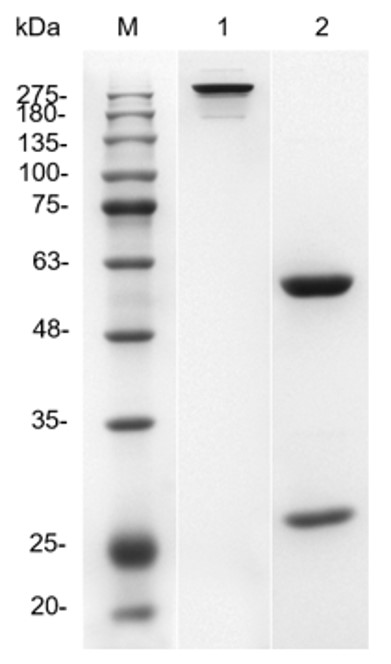 Fig.1 SDS-PAGE analysis of anti-FGFR2 antibody
Fig.1 SDS-PAGE analysis of anti-FGFR2 antibody
(Cat# HPAB-0674-WJ, Creative Biolabs).
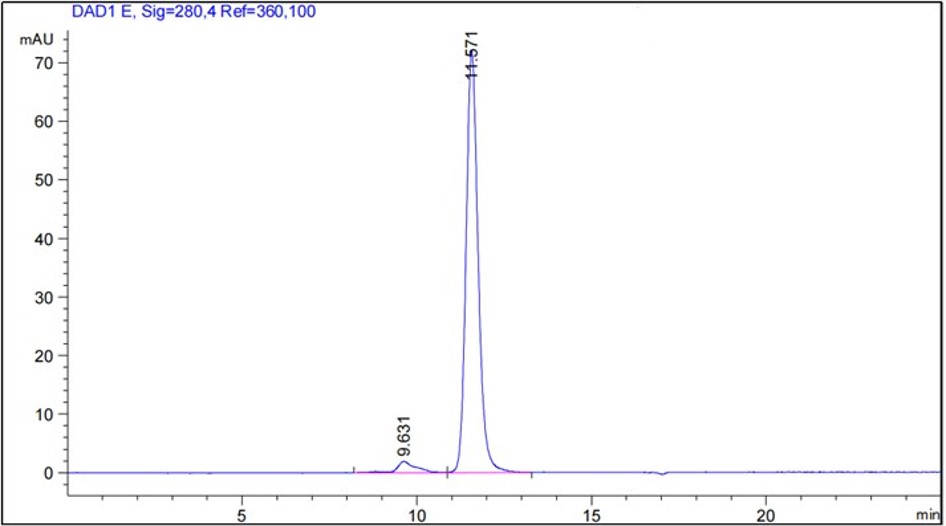 Fig.2 HPLC analysis of anti-FGFR2 antibody
Fig.2 HPLC analysis of anti-FGFR2 antibody
(Cat# HPAB-0674-WJ, Creative Biolabs).
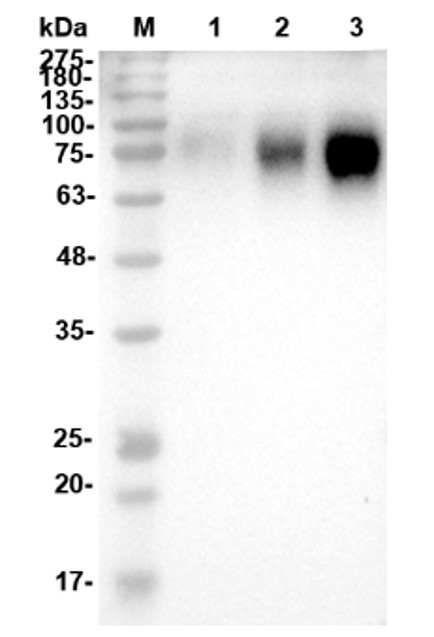 Fig.3 WB analysis of anti-FGFR2 antibody
Fig.3 WB analysis of anti-FGFR2 antibody
(Cat# HPAB-0674-WJ, Creative Biolabs).
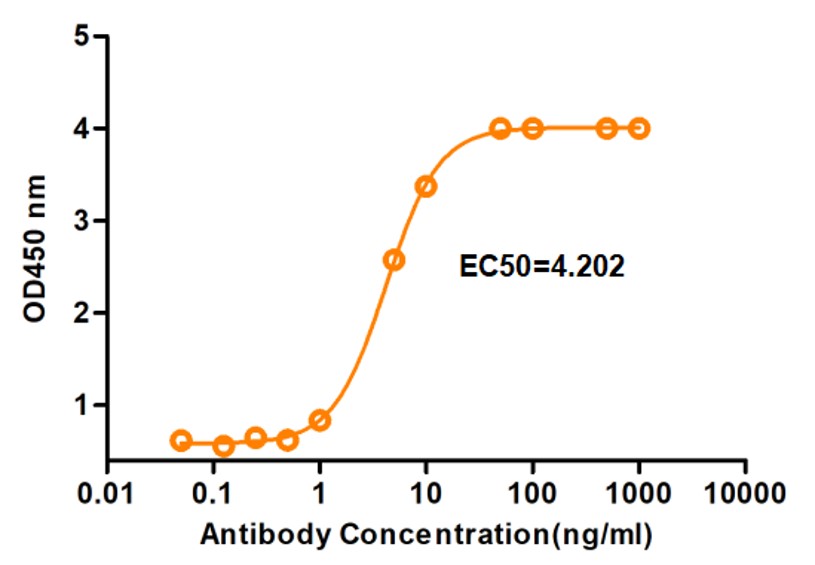 Fig.4 ELISA analysis of anti-FGFR2 antibody
Fig.4 ELISA analysis of anti-FGFR2 antibody
(Cat# HPAB-0674-WJ, Creative Biolabs).
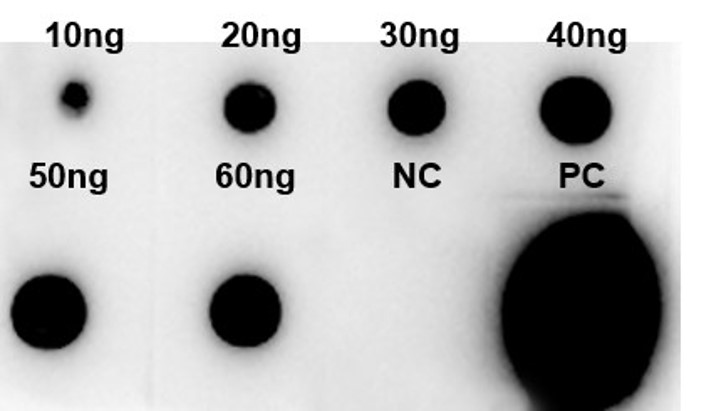 Fig.5 Dot Blot analysis of anti-FGFR2 antibody
Fig.5 Dot Blot analysis of anti-FGFR2 antibody
(Cat# HPAB-0674-WJ, Creative Biolabs).
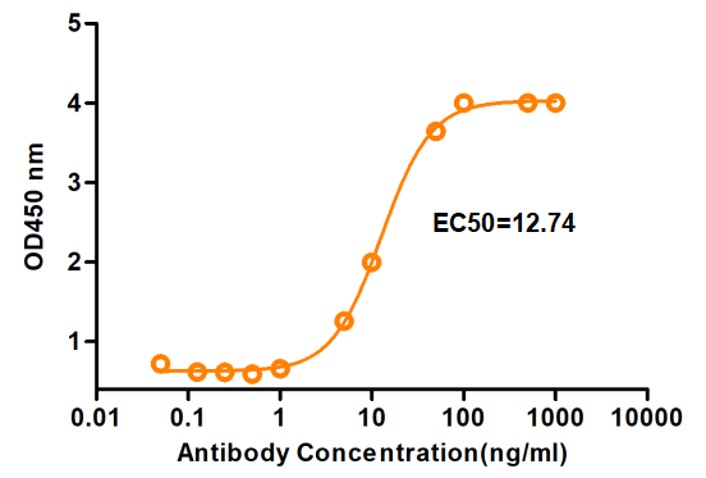 Fig.6 ELISA analysis of anti-FGFR2 antibody
Fig.6 ELISA analysis of anti-FGFR2 antibody
(Cat# NS-027CN, Creative Biolabs).
Customer Reviews

Rat Anti-FGFR2 Recombinant Antibody (HPAB-AP350-YC) (HPAB-AP350-YC)

Rabbit Anti-FGFR2 Polyclonal Antibody (MRO-1862-CN) (MRO-1862-CN)

Human Anti-FGFR2 Recombinant Antibody (HPAB-AP349-YC) (HPAB-AP349-YC)
Anti-FGFR2 Recombinant Antibody Production
Creative Biolabs utilizes advanced recombinant antibody production techniques specifically designed for generating anti-FGFR2 antibodies. Our innovative genetic engineering approaches facilitate the efficient and high-quality synthesis of antibodies, guaranteeing a consistent and dependable supply for all your research needs.
Featured Anti-FGFR2 Recombinant Antibody Production Platforms 
Fig.7 Milligram-scale anti-FGFR2 recombinant antibody production.
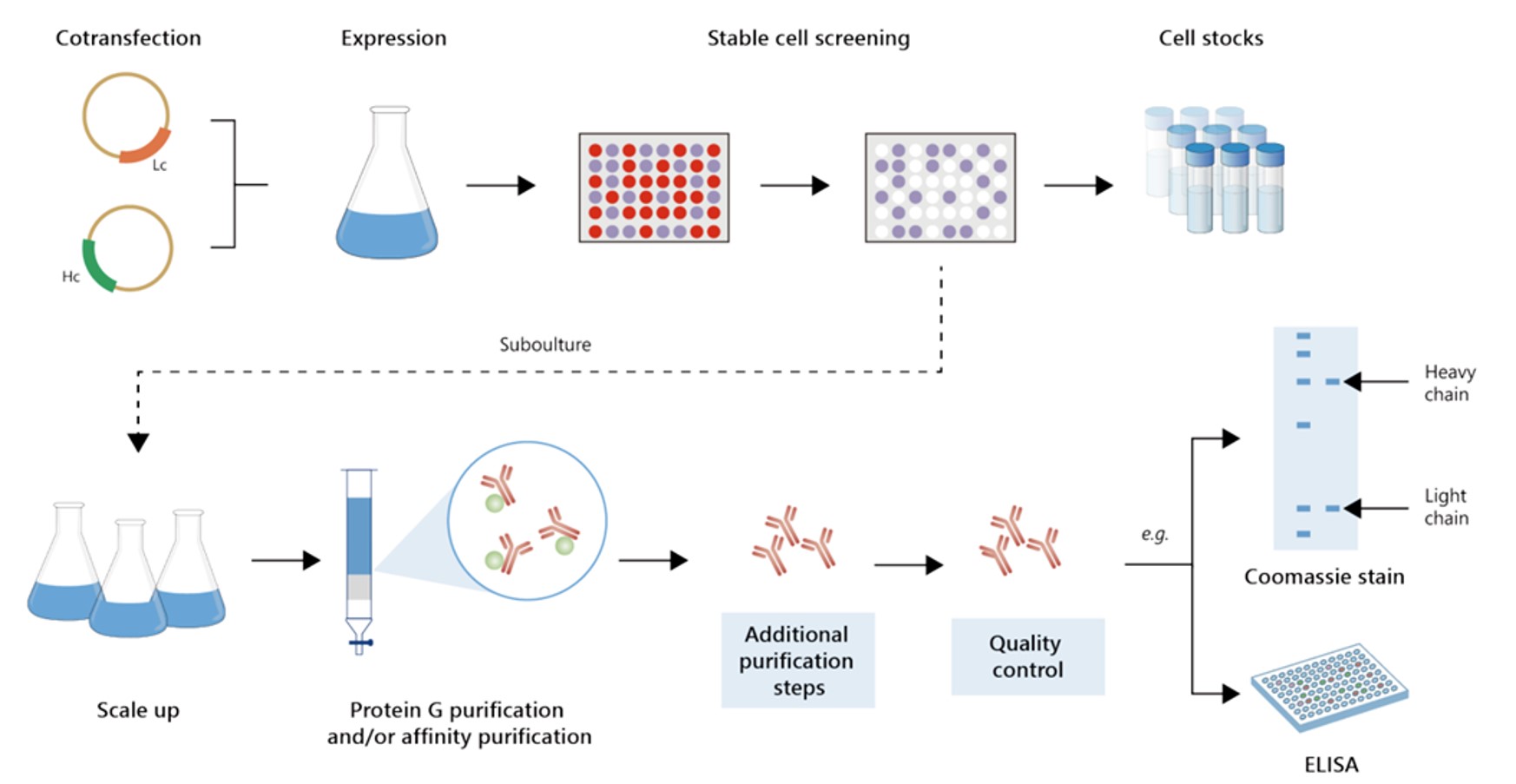 Fig.8 Gram-scale anti-FGFR2 recombinant antibody production.
Fig.8 Gram-scale anti-FGFR2 recombinant antibody production.
Anti-FGFR2 Recombinant Antibody Modalities
Creative Biolabs offers a diverse range of premium anti-FGFR2 recombinant antibodies tailored to meet the specific needs of researchers globally. Our products are available in various formats, ensuring adaptability and effectiveness for a wide array of scientific applications.
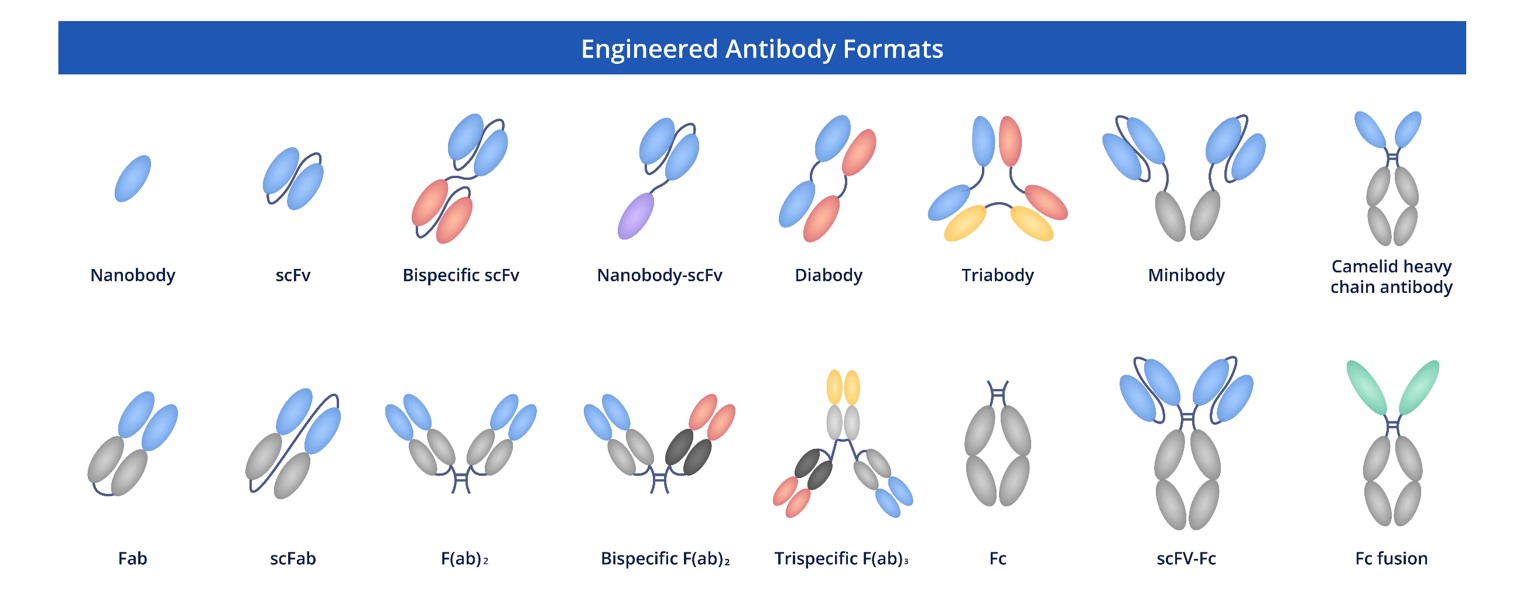 Fig.9 Full-length anti-FGFR2 recombinant antibody production and modalities.
Fig.9 Full-length anti-FGFR2 recombinant antibody production and modalities.
FGFR2-Targeted Drug Information
Public Drug Information Targeting FGFR2
Table 2. Public drug targeting FGFR2.
| Company | Research Phase | Classification | Condition |
|
DePuy Orthopaedics Kaken Nobelpharma Olympus Scios (Originator) Sunstar |
Launched - 2001 |
Basic Fibroblast Growth Factor (bFGF; FGF-2) Polypeptides, from 41 AA Recombinant proteins |
Coronary artery disease Dental Diseases Fracture Inflammatory bowel disease Periodontitis Stroke, ischemic Tympanic membrane perforation Ulcer foot, diabetic Ulcer, skin Vascular disease, peripheral |
| Essex Bio-Technology (Originator) | Launched - 1998 |
Polypeptides, from 41 AA Recombinant proteins |
Corneal ulcer Dry eye Lesion, skin |
|
Amgen (Originator) Five Prime Therapeutics (Amgen) Zai Lab Zai Lab |
Phase III |
Cancer Immunotherapy Humanized Monoclonal Antibodies |
Cancer, bladder (urothelial carcinoma, transitional cell) Cancer, gastroesophageal junction Cancer, lung (non-small cell) (NSCLC) (squamous cell carcinoma) Cancer, stomach |
|
Akero Therapeutics Amgen (Originator) |
Phase III |
Basic Fibroblast Growth Factor (bFGF; FGF-2) Fc Fusion Proteins Polypeptides, from 41 AA |
Cirrhosis Diabetes type 2 Non-alcoholic steatohepatitis (NASH) |
| Amgen (Originator) | Phase III |
Basic Fibroblast Growth Factor (bFGF; FGF-2) Peptides Recombinant proteins |
Lesion, skin |
|
Kaken Novartis Vaccines and Diagnostics (Originator) |
Phase II |
Basic Fibroblast Growth Factor (bFGF; FGF-2) Polypeptides, from 41 AA Recombinant proteins |
Coronary artery disease Osteoporosis Vascular disease, peripheral |
| Daiichi Sankyo (Originator) | Phase I |
Antibodies Cancer Immunotherapy |
Cancer, solid tumor |
| Bayer (Originator) | Phase I |
Cancer Immunotherapy Monoclonal Antibodies |
Cancer, solid tumor |
| Inst of Genetics & Developmental Biology (Originator) | Clinical |
Basic Fibroblast Growth Factor (bFGF; FGF-2) Fusion Proteins Polypeptides, from 41 AA |
Infertility, female |
| Universita degli Studi "La Sapienza" (Originator) | Preclinical |
Nuclear Imaging Agents Polypeptides, from 41 AA Radionuclide Therapy Radiopharmaceuticals Recombinant proteins Technetium Complexes |
Cancer, solid tumor |
| Genor Biopharma (Originator) | Preclinical |
Cancer Immunotherapy Murine Monoclonal Antibodies |
Cancer, gastrointestinal |
(Disclaimer: The information in this table is just for knowledge sharing and not for marketing or sales purposes.)
Creative Biolabs focuses on producing high-quality anti-FGFR2 recombinant antibodies for rigorous scientific study. Our antibodies are precisely developed to achieve excellent accuracy and specificity, making them ideal for a wide range of laboratory applications. Contact us to learn more about your specific needs and how our anti-FGFR2 antibodies will help you achieve your research objectives.

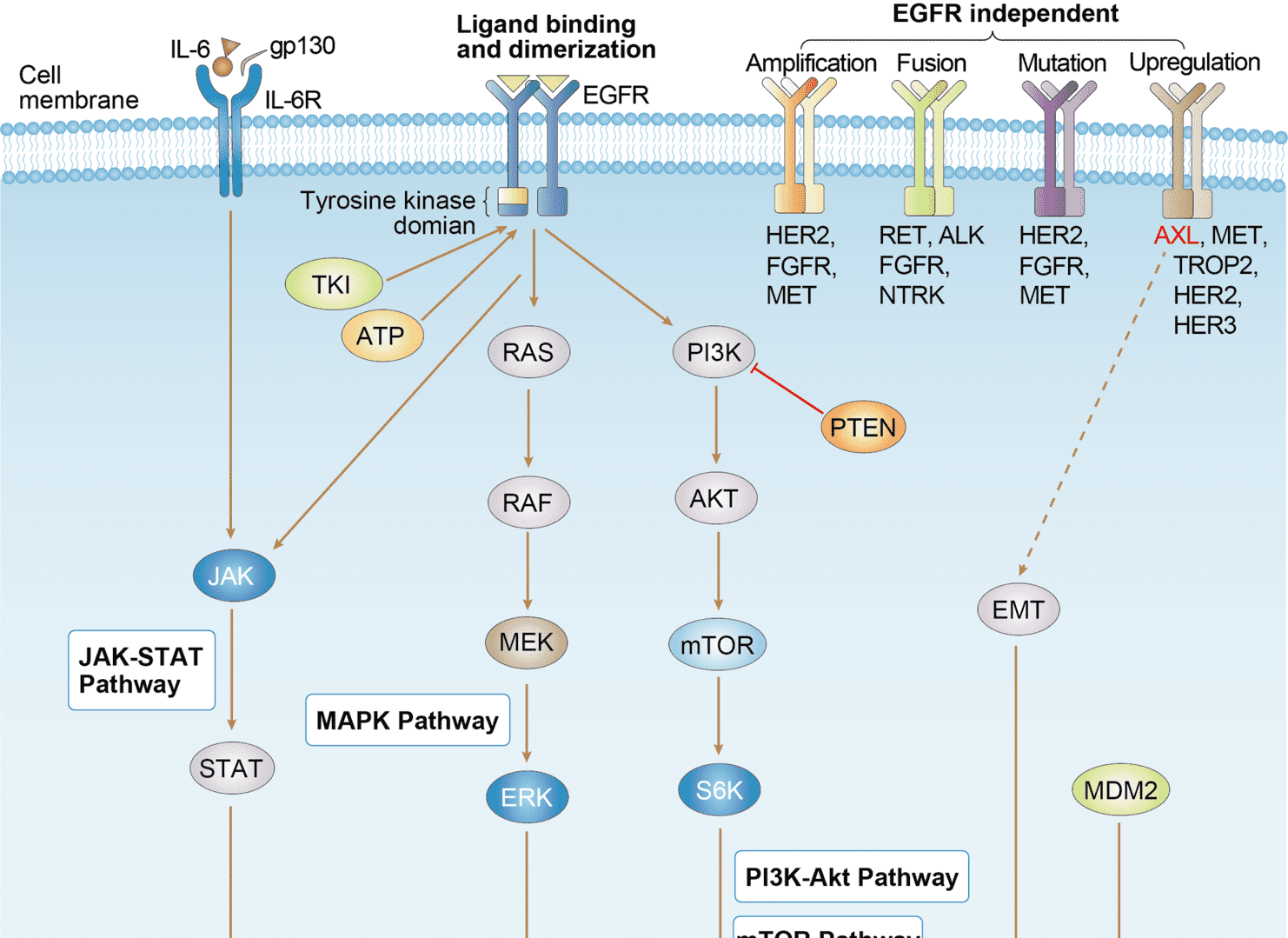 EGFR Tyrosine Kinase Inhibitor Resistance
EGFR Tyrosine Kinase Inhibitor Resistance